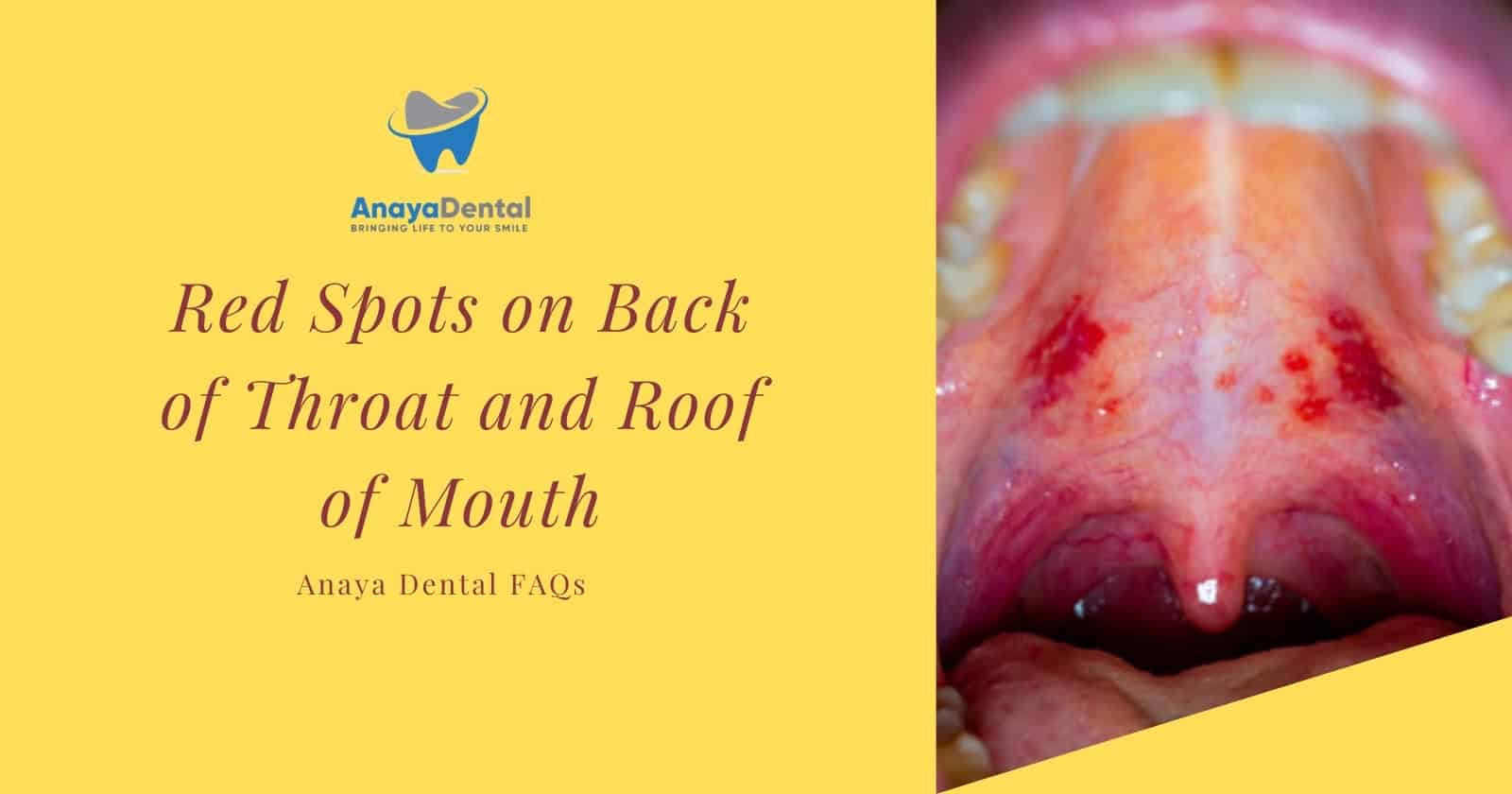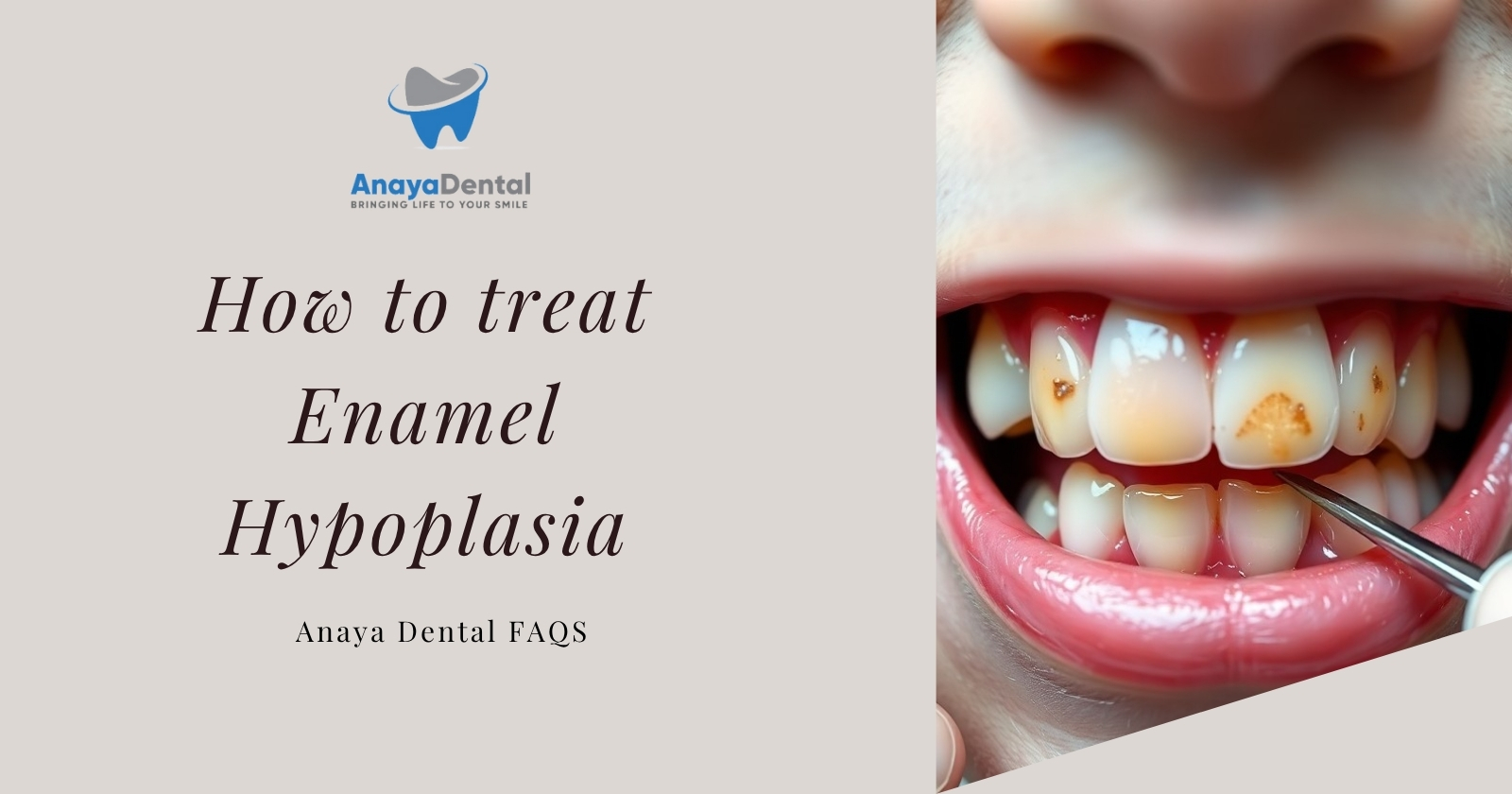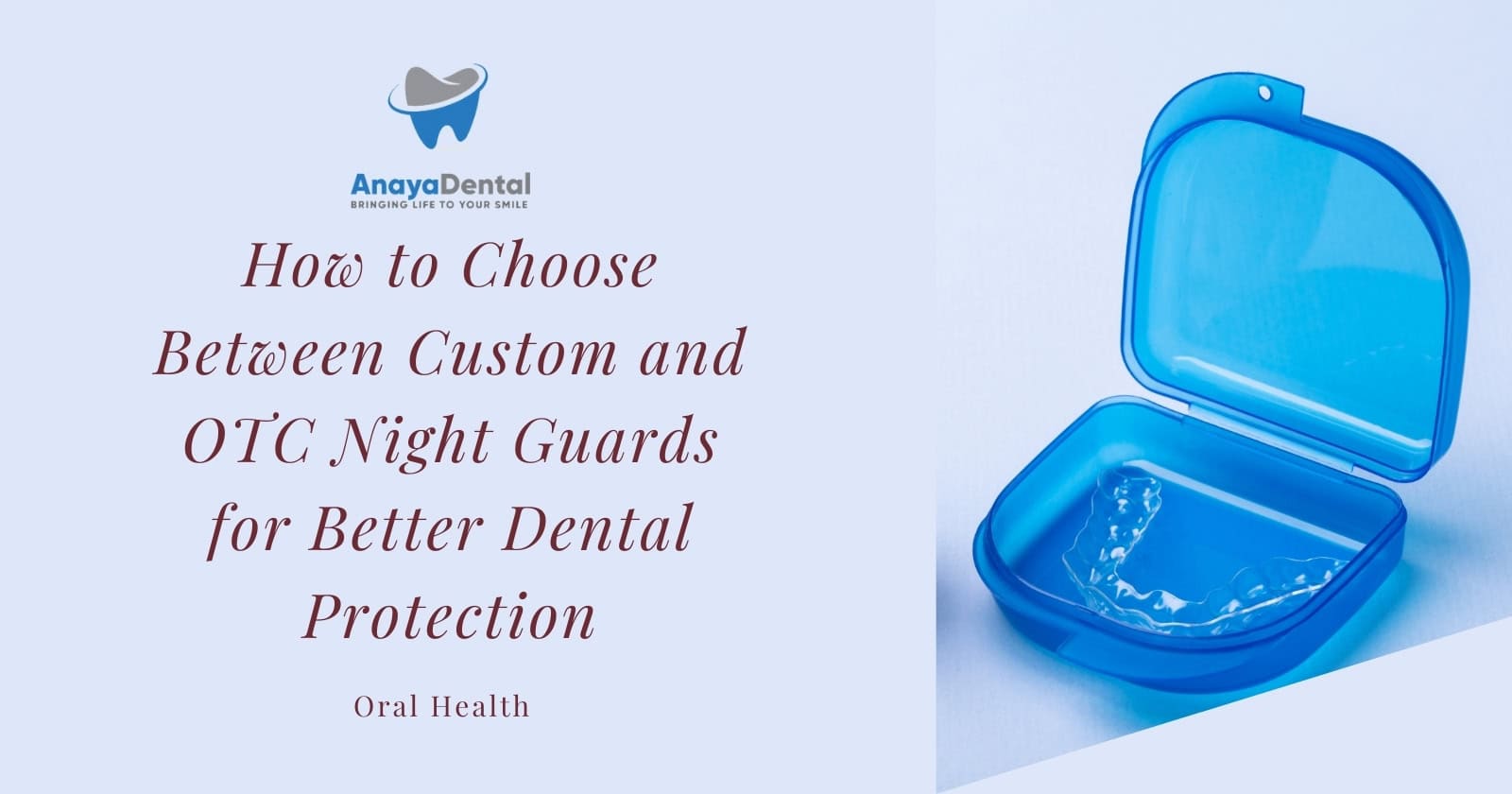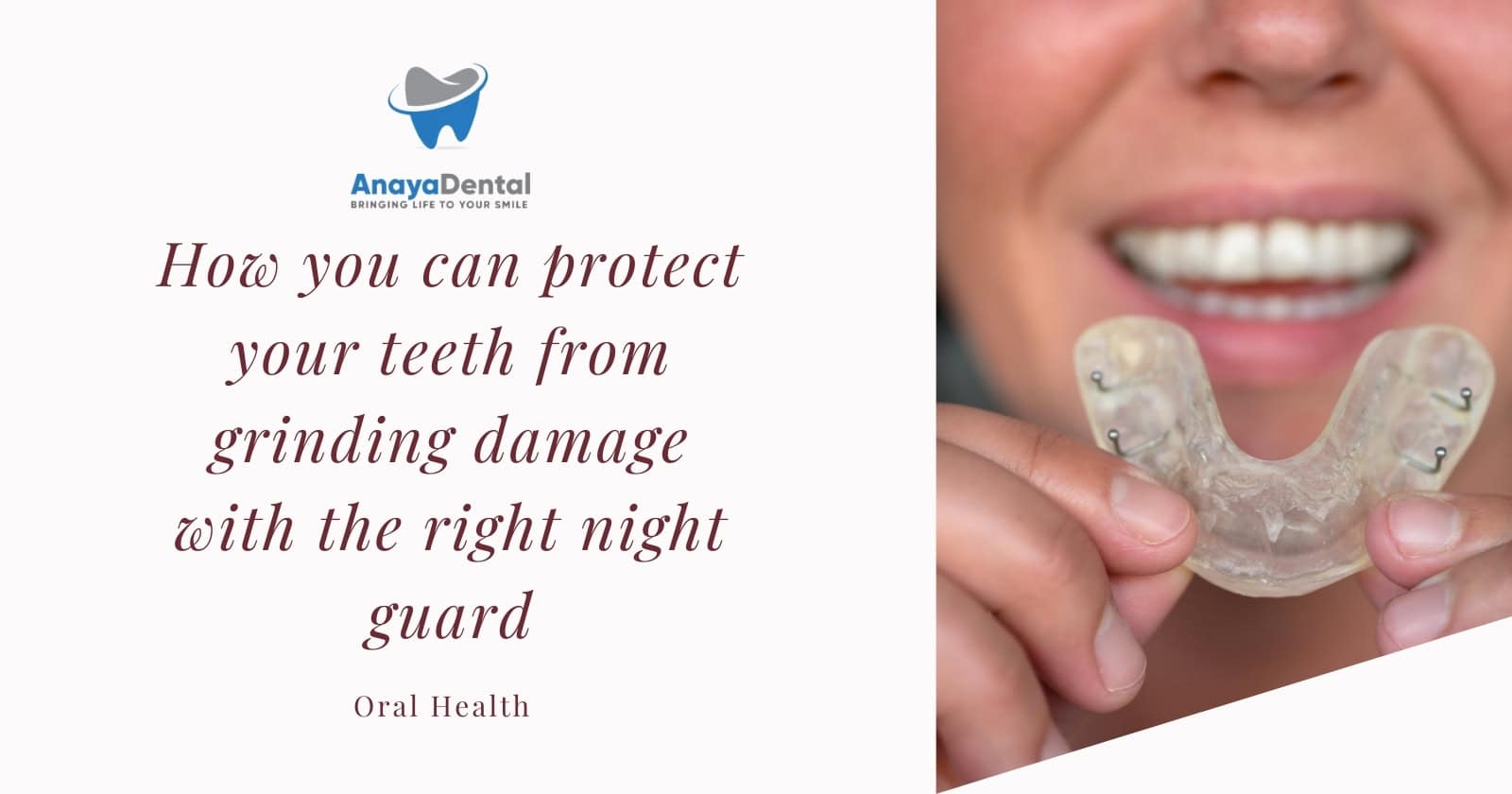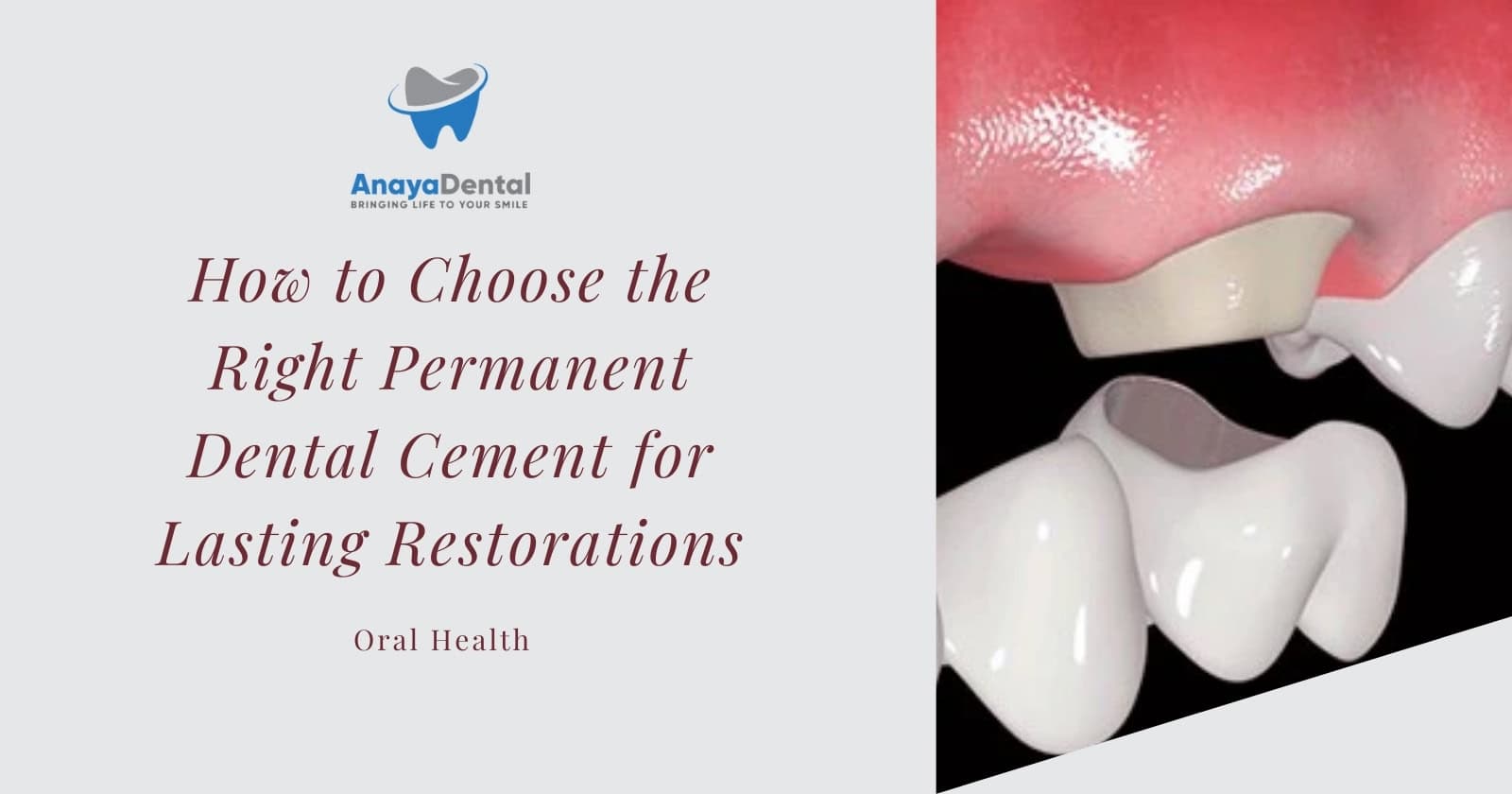You’ve noticed red spots on the roof of your mouth, and you’re right to be curious about them. These spots can stem from various causes like infections, irritation, or mouth ulcers, each requiring different approaches for relief. Ignoring them isn’t wise, as early diagnosis and treatment are essential. To understand what might be going on and how to manage it effectively, you’ll need to take into account the potential causes and treatment options available.
Key Takeaways
- Red spots on the roof of the mouth may result from infections, irritants, or injuries.
- Strep throat and oral thrush are common infections causing red spots and require medical treatment.
- Viral infections like oral herpes may lead to red spots, treatable with antiviral medications.
- Good oral hygiene and avoiding irritants help prevent red spots in the mouth.
- Persistent or painful red spots need a doctor’s evaluation, especially if accompanied by severe symptoms.
Overview of red spots on the roof of the mouth
Red spots on the roof of your mouth can be unsettling, but understanding their potential causes helps alleviate concerns.
These red spots on the tongue roof and throat roof mouth can arise from various sources. Common causes include irritation from foods or dentures, leading to temporary inflammation.
Try Our Dental Calculators
Infections, such as strep throat, often manifest as red patches due to bacterial presence. Oral thrush, a fungal infection, might also result in red spots.
Additionally, physical injuries, like burns or cuts from hot foods, frequently cause red spots. Canker sores, though typically more painful, also appear as red lesions.
While these spots are usually harmless, monitoring their persistence and accompanying symptoms is crucial. If concerned, consulting a healthcare professional guarantees proper evaluation and peace of mind.
Importance of early diagnosis and treatment
While red spots on the roof of your mouth might seem minor, early diagnosis and treatment are crucial for preventing potential complications.
Identifying the cause of red spots on the upper palate or a red rash on the soft palate can help address underlying issues like infections or injuries effectively.
By consulting a healthcare professional promptly, you can guarantee appropriate interventions, reducing the risk of further health problems.
Early treatment might involve medication, lifestyle changes, or adjustments in oral hygiene practices, all tailored to your specific condition.
Ignoring these red spots could lead to prolonged discomfort or more severe health concerns.
As a result, don’t hesitate to seek medical advice when you notice persistent or concerning symptoms in your mouth.
Strep Throat and Bacterial Infections
Recognizing symptoms early can prevent complications. If you notice a red bump on the roof of your tongue or tiny red spots in your mouth, you might be dealing with strep throat or another bacterial infection. Such infections are caused by the Streptococcus bacteria and can lead to serious health issues if left untreated. Be on the lookout for accompanying symptoms like a sore throat, fever, and swollen lymph nodes.
These symptoms can guide you in identifying strep throat:
| Symptom | Description |
|---|---|
| Red bump on roof of tongue | May be painful or swollen |
| Tiny red spots in mouth | Often appear on the soft palate |
| Sore throat | Persistent pain or discomfort |
| Fever | Elevated body temperature |
Prompt medical attention can guarantee effective treatment, reducing the risk of further complications.
Oral Thrush (Candidiasis)
Oral thrush, also known as candidiasis, arises when the fungus Candida overgrows in your mouth. You might notice dark red spots in mouth or perhaps a small red spot in mouth, indicating an infection. This condition often appears when your immune system is compromised, allowing Candida to flourish.
You’ll likely experience symptoms like creamy white lesions on your tongue and inner cheeks, soreness, and difficulty swallowing.
To treat oral thrush, start with antifungal medications prescribed by your doctor. Maintaining good oral hygiene can also help manage the condition. Brush your teeth twice daily and consider using an antimicrobial mouthwash.
If you’re using dentures, make sure they’re properly cleaned. Addressing any underlying health issues will further prevent recurrences and support a healthier mouth environment.
Mouth Ulcers and Canker Sores
Mouth ulcers and canker sores, though often painful, are a common occurrence in the oral cavity. You might notice these as small, round lesions with a red border and a yellow or white center. They can develop on the roof of your mouth, causing discomfort, especially when eating or speaking.
While the exact cause isn’t always clear, factors like stress, minor injuries, or certain foods can trigger them. Unlike cold sores, canker sores aren’t contagious. They typically heal within one to two weeks without treatment.
To alleviate pain, you can rinse your mouth with salt water or use over-the-counter topical treatments. If ulcers persist or frequently recur, consider consulting a healthcare professional to rule out underlying conditions.
Physical Injury and Irritation
When you experience a red spot on the roof of your mouth, it could be due to a physical injury or irritation. You might burn your mouth from hot drinks or food, leading to red, sore spots.
Physical trauma, like accidentally biting the area or brushing too hard, can also cause irritation. Dentures or dental appliances that don’t fit well may rub against your mouth’s roof, creating red spots.
To alleviate discomfort, try rinsing with salt water to reduce inflammation and avoid spicy or hot foods that can worsen irritation.
If the red spots persist or worsen, consult a healthcare professional for guidance. Addressing the source of irritation often prevents future occurrences and promotes healing of the affected area.
Hand, Foot, and Mouth Disease (HFMD)
Hand, Foot, and Mouth Disease (HFMD) is a contagious viral infection that mainly affects young children but can also occur in adults.
It’s caused by enteroviruses, most commonly the coxsackievirus. You might notice red spots or sores on the roof of your mouth, along with other symptoms like fever, sore throat, and a rash on the hands and feet. These spots are often painful, making eating and drinking uncomfortable.
The infection spreads through close contact, respiratory droplets, and contaminated surfaces. To manage symptoms, stay hydrated and use over-the-counter pain relievers.
Practicing good hygiene, like frequent handwashing, can help prevent HFMD. The condition usually resolves within a week to ten days without medical intervention.
Oral Herpes (Cold Sores)
Although oral herpes is commonly known as cold sores, it can also lead to painful red spots on the roof of your mouth. This condition is caused by the herpes simplex virus type 1 (HSV-1), which is highly contagious. You might contract it through direct contact with an infected person, often during kissing or sharing utensils.
Once infected, the virus remains dormant in your body and can reactivate, especially during stress or illness.
Symptoms often include tingling or burning sensations before the spots appear, followed by blisters that burst, leaving ulcers.
To manage oral herpes, antiviral medications, such as acyclovir, can reduce the duration and severity of outbreaks. It’s essential to maintain good hygiene and avoid close contact with others during active outbreaks to prevent spreading the virus.
Blood Disorders and Other Medical Conditions
Despite the myriad of possible causes for red spots on the roof of your mouth, blood disorders and other medical conditions shouldn’t be overlooked.
Conditions like anemia, leukemia, and thrombocytopenia can lead to oral symptoms, including red spots. These disorders affect blood components vital for healing and immunity, potentially causing petechiae or purpura—tiny red or purple spots due to bleeding under the skin.
Additionally, systemic conditions like Kawasaki disease or infectious mononucleosis may manifest with red spots on the mouth’s roof.
It’s important to take into account these underlying health issues since they might require specific medical attention. Being aware of your overall health and any accompanying symptoms can aid in understanding the root cause of these oral manifestations.
Diagnosis of Red Spots on the Roof of Mouth
How can you accurately identify the cause of those red spots on the roof of your mouth?
Start by observing any accompanying symptoms, like fever or sore throat, which might indicate an infection such as strep throat or oral thrush.
Next, consider recent events—did you burn your mouth or change dental appliances? Injuries or irritations often result from these scenarios.
Don’t overlook dietary changes, as certain foods might trigger canker sores or allergic reactions.
A visit to your dentist or doctor is essential for a professional examination. They might perform a swab test or blood tests to rule out infections or systemic issues.
Remember, accurate diagnosis is key to effective management and preventing complications.
Prioritize seeking expert advice for persistent or painful symptoms.
Treatment Options for Red Spots
Once you’ve identified the possible cause of red spots on the roof of your mouth, exploring treatment options becomes the next step.
If a bacterial infection like strep throat is responsible, antibiotics prescribed by your doctor can clear it up. For viral infections such as oral herpes, antiviral medications might be necessary.
Canker sores usually heal on their own, but over-the-counter gels can soothe discomfort. If the red spots result from irritation, avoiding the irritant—be it hot foods or ill-fitting dentures—is essential.
In cases of oral thrush, antifungal treatments can be effective. Always consult a healthcare professional for persistent or worsening symptoms to guarantee proper treatment.
Addressing underlying causes promptly can prevent complications and promote quicker recovery.
Prevention Tips to Avoid Red Spots
To avoid red spots on the roof of your mouth, it’s crucial to maintain good oral hygiene and make mindful dietary choices.
Brush your teeth twice daily and floss regularly to remove food particles and bacteria that can irritate your mouth. Using an antiseptic mouthwash can further reduce the risk of infections.
Be cautious with hot foods and drinks to prevent burns, which can lead to red spots. Avoid foods that are too spicy or acidic, as these can cause irritation.
If you wear dentures, verify they fit well and are cleaned regularly to avoid friction and infection.
Finally, staying hydrated helps maintain a healthy mouth environment, reducing the likelihood of developing red spots. Regular dental check-ups are also beneficial.
When to See a Doctor
Wondering if those persistent red spots on the roof of your mouth warrant a doctor’s visit? If the spots linger longer than two weeks, cause severe pain, or are accompanied by symptoms like fever, difficulty swallowing, or swollen glands, it’s time to consult a healthcare professional.
These could indicate underlying issues such as infections, nutritional deficiencies, or more serious conditions. Don’t ignore any unusual changes, especially if they interfere with daily activities like eating or speaking.
Early intervention can prevent complications and guarantee appropriate treatment. Additionally, if you’ve tried home remedies without success, a doctor’s guidance is invaluable.
Trust your instincts—if something feels off, it’s better to seek medical advice than to wait and worry.
Frequently Asked Questions
Can Dietary Changes Help Reduce Red Spots on the Roof of the Mouth?
Yes, you can reduce red spots by modifying your diet. Avoid hot, spicy, or acidic foods that irritate. Incorporating soft, soothing foods like yogurt or oatmeal helps. Staying hydrated and maintaining oral hygiene are also beneficial.
Are Red Spots on the Roof of the Mouth Common in Children?
You’ll often find red spots on the roof of the mouth in children. They’re common due to infections like strep throat or hand, foot, and mouth disease. Always consult a pediatrician if you’re concerned about persistent symptoms.
How Can Stress Contribute to Red Spots on the Roof of the Mouth?
Stress can weaken your immune system, making you more susceptible to oral health issues, including red spots. It can also trigger habits like teeth grinding or cheek biting, which may lead to irritation and red spots.
Do Certain Medications Increase the Risk of Developing Red Spots in the Mouth?
You’ll find that certain medications can increase the risk of developing red spots in your mouth. Medications like antibiotics, chemotherapy drugs, and aspirin might disrupt oral health, making you more susceptible to these symptoms.
Are There Any Alternative Therapies for Treating Red Spots on the Roof of the Mouth?
You can explore alternative therapies like saltwater rinses, honey application, or herbal teas to soothe red spots. However, always consult your healthcare provider before trying new treatments to guarantee they’re safe and effective for you.
Conclusion
If you notice red spots on the roof of your mouth, don’t ignore them. Early diagnosis is key to effective treatment, whether it’s a bacterial infection like strep throat or a fungal issue like oral thrush. Use good oral hygiene and avoid irritants to help prevent these issues. If symptoms persist or worsen, seek medical advice promptly. Remember, addressing the underlying cause promptly guarantees a quicker recovery and prevents potential complications.
